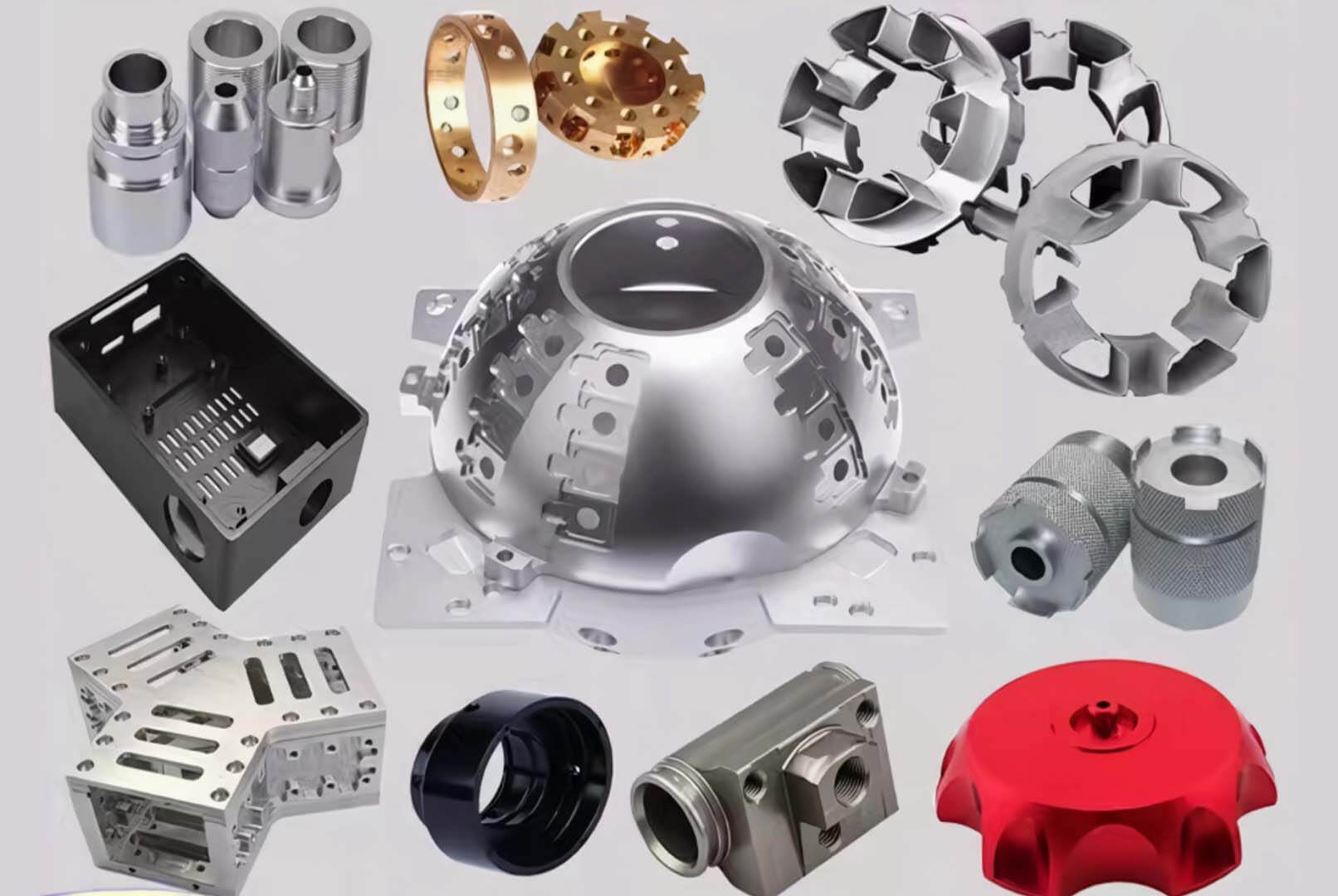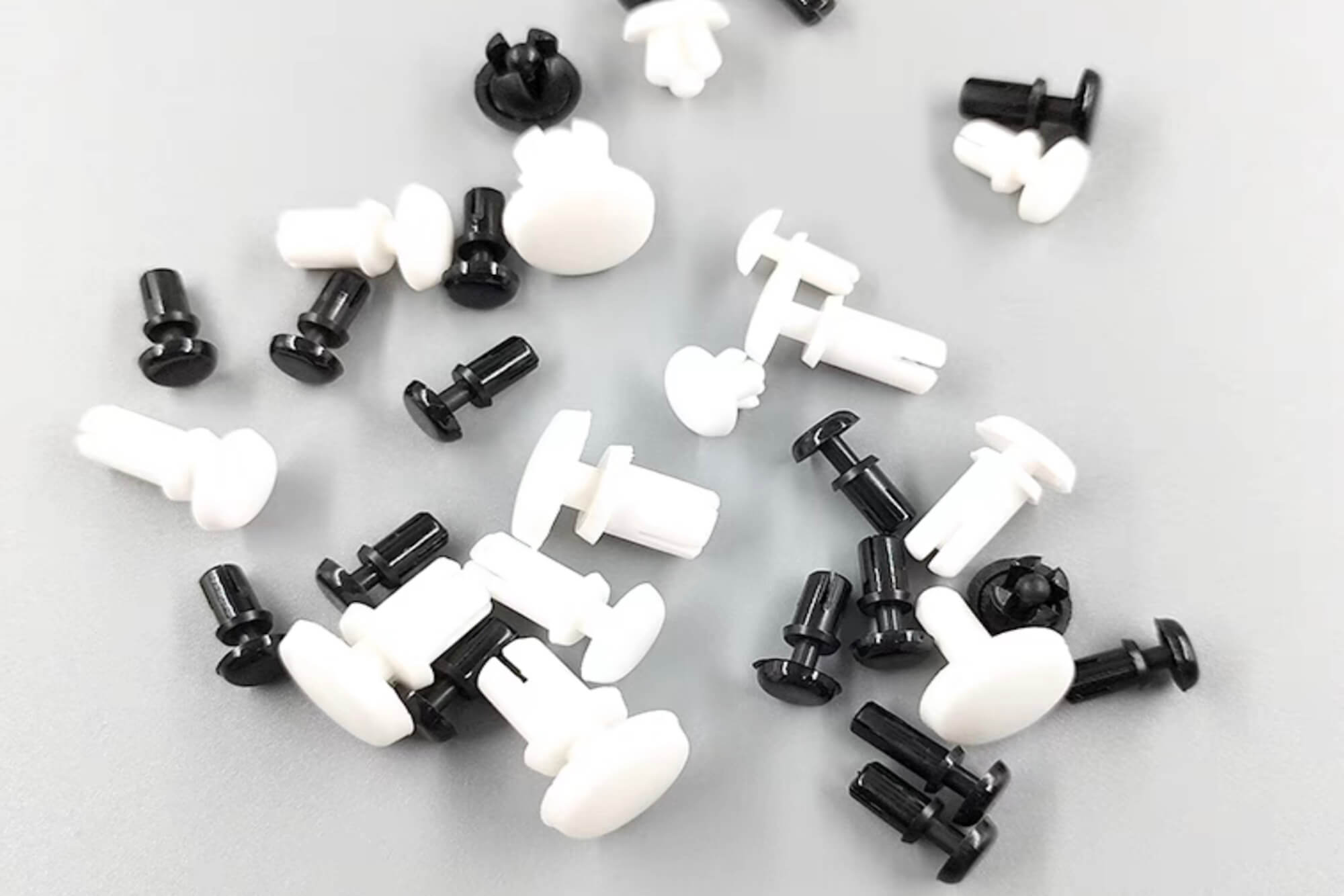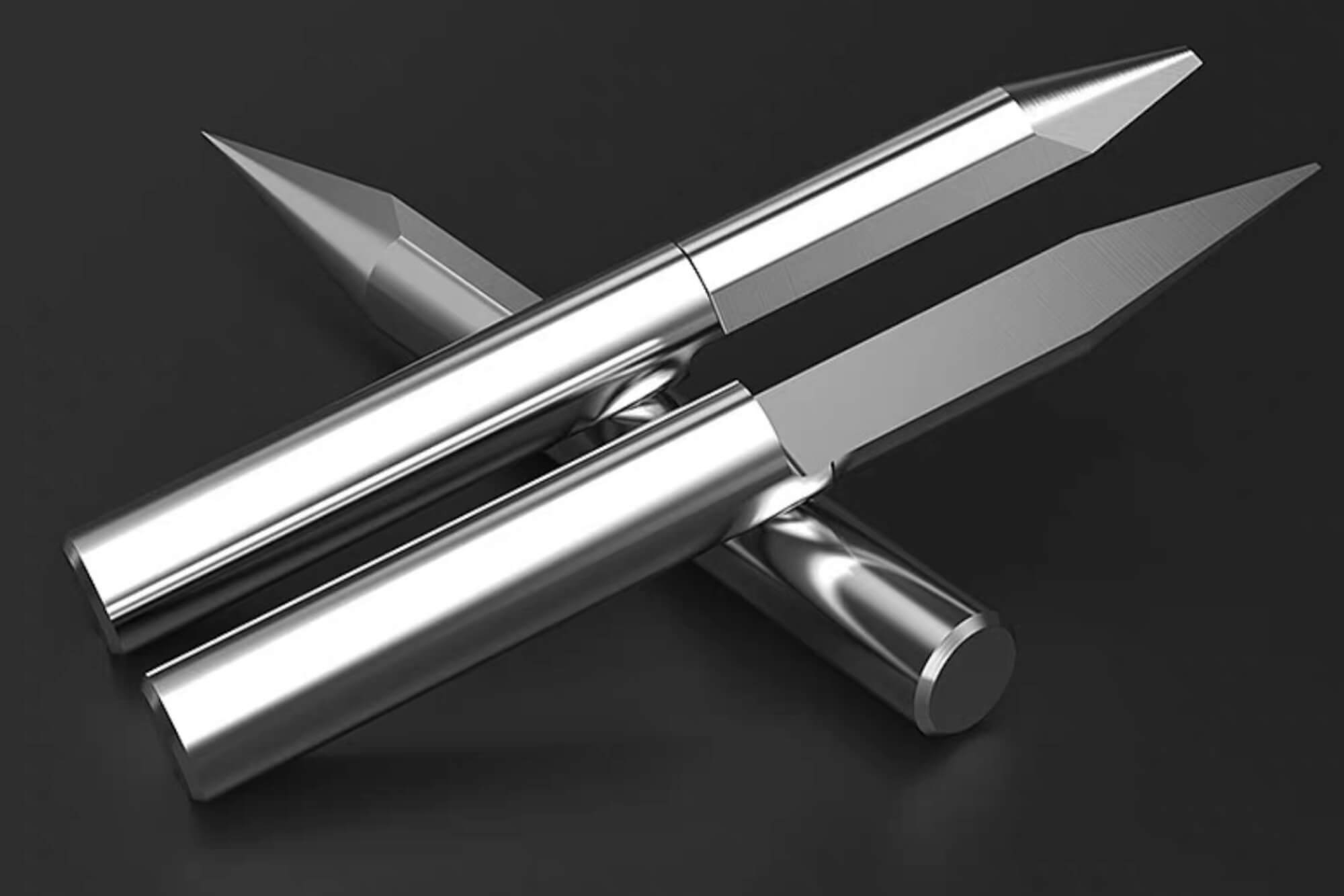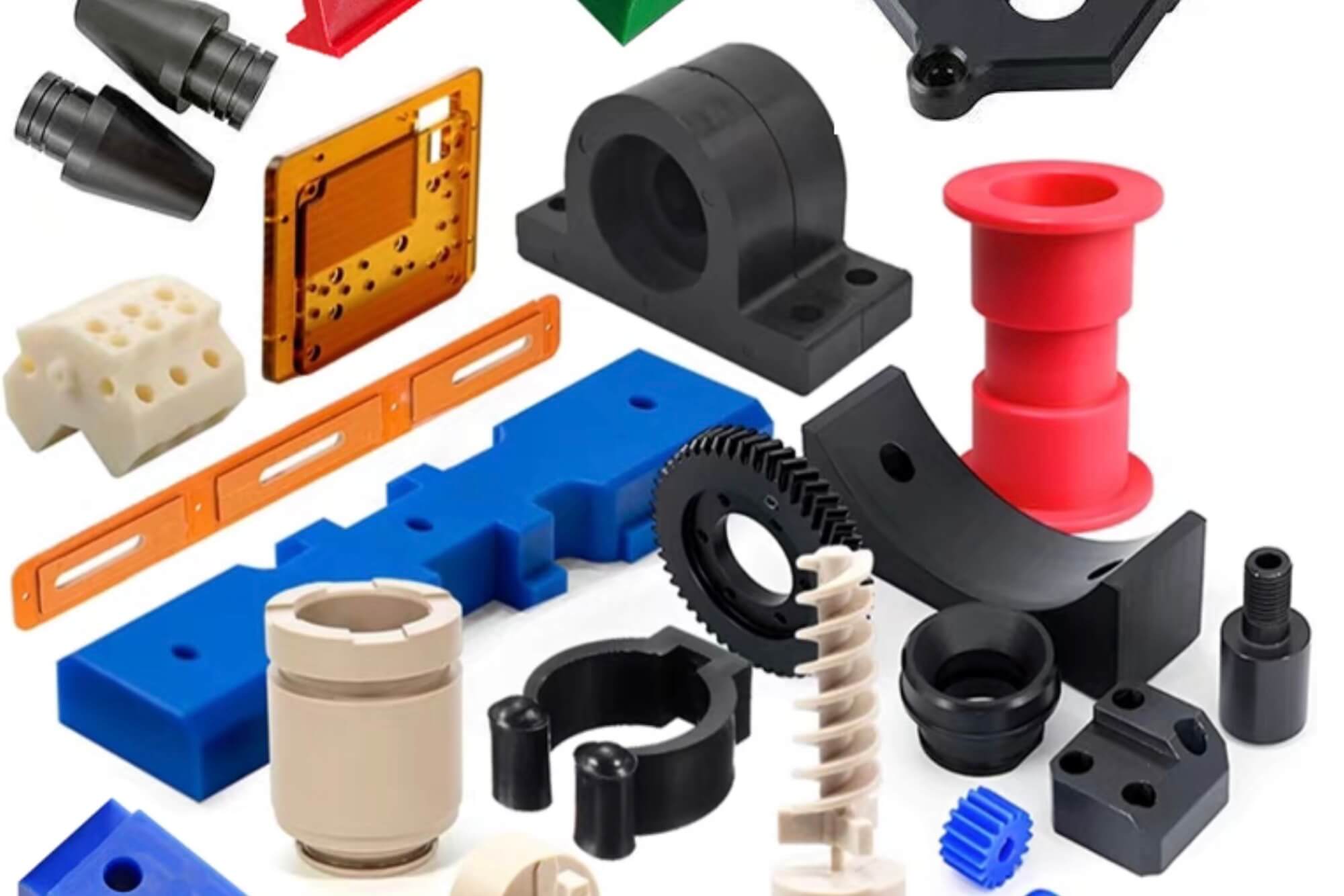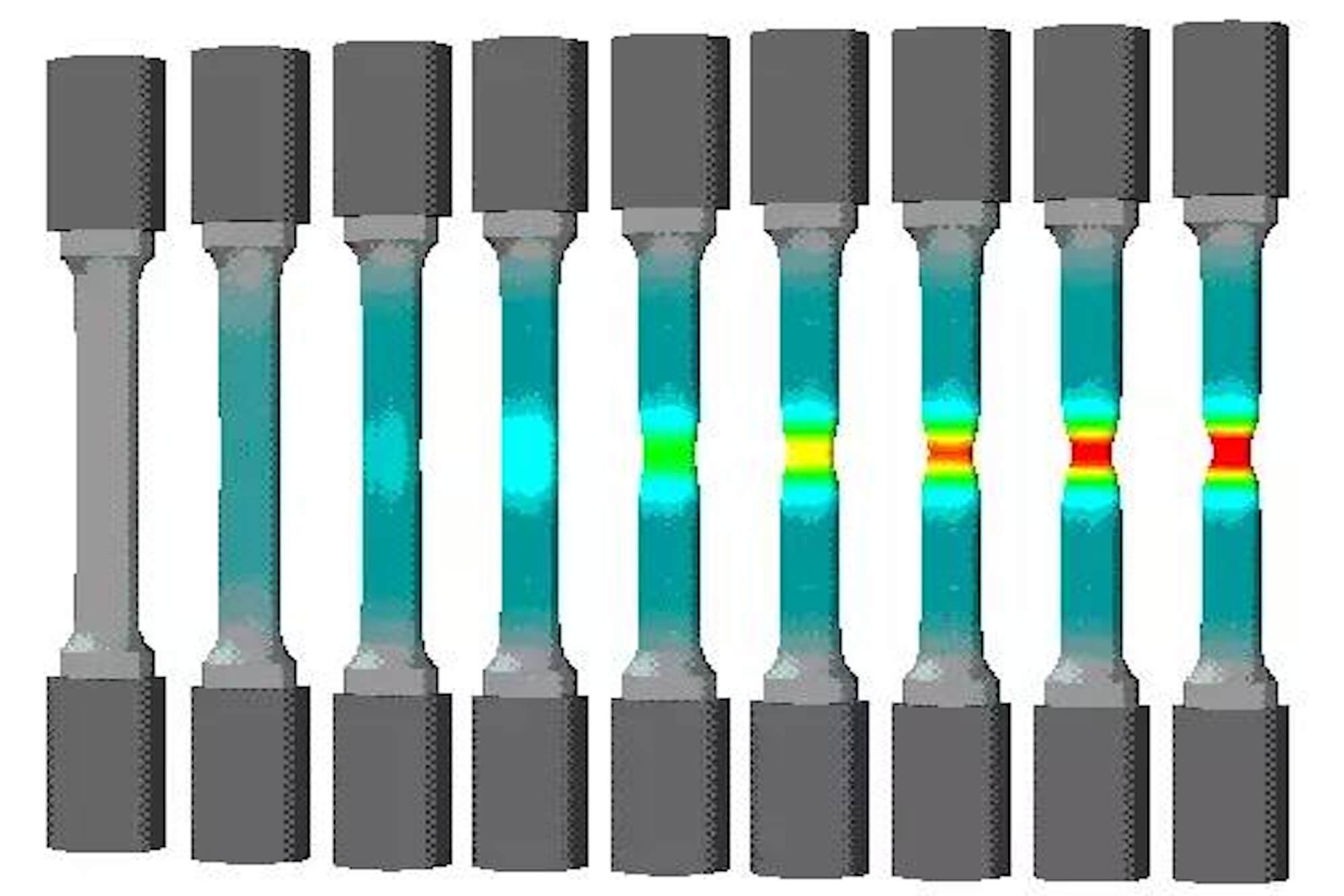CNC machining has become an essential process in modern manufacturing, where precision and efficiency are key. Whether you’re designing aerospace components, automotive parts, or medical devices, selecting the right metal can make all the difference. This is where the “CNC Machining Common Metal Performance Comparison Chart” comes into play.
As someone who has spent years working with CNC machines, I’ve often faced the challenge of balancing material performance, cost, and machinability. In this article, I’ll guide you through the importance of understanding metal properties, provide a detailed comparison chart, and share actionable tips to help you make informed decisions.
Overview of Common Metals
Before diving into the comparison chart, let’s take a closer look at the most commonly used metals in CNC machining. These materials are chosen for their unique properties that cater to specific industrial applications.
1. Aluminum Alloys
- Key Properties: Lightweight, corrosion-resistant, excellent machinability.
- Applications: Aerospace, automotive, consumer electronics.
- Personal Take: Aluminum is my go-to material for projects requiring speed and precision. Its ease of machining saves time and reduces tool wear.
2. Stainless Steel
- Key Properties: High strength, corrosion-resistant, heat-resistant.
- Applications: Medical devices, food processing equipment, marine components.
- Personal Take: Stainless steel can be tricky due to its hardness, but its durability often makes the extra effort worthwhile.
3. Titanium Alloys
- Key Properties: Exceptional strength-to-weight ratio, corrosion resistance.
- Applications: Aerospace, biomedical implants, high-performance automotive parts.
- Personal Take: While titanium is challenging to machine, its benefits far outweigh the difficulties for high-end applications.
4. Brass
- Key Properties: High electrical conductivity, corrosion resistance, easy machinability.
- Applications: Electrical components, plumbing fixtures, decorative parts.
- Personal Take: Brass is a joy to work with for intricate designs; it cuts smoothly and produces minimal burrs.
5. Carbon Steel
- Key Properties: High strength, low cost, moderate machinability.
- Applications: Industrial machinery, structural components, automotive frames.
- Personal Take: Carbon steel is a reliable workhorse, ideal for cost-sensitive projects.
Performance Comparison Table
The following table provides a detailed comparison of the properties of these metals. These metrics are critical for selecting the right material for your CNC machining project.
| Material | Density (g/cm³) | Hardness (HB) | Tensile Strength (MPa) | Thermal Conductivity (W/m·K) | Corrosion Resistance | Machinability (%) |
|---|---|---|---|---|---|---|
| Aluminum Alloys | 2.7 | 30-150 | 90-310 | 205 | Excellent | 90 |
| Stainless Steel | 7.8 | 160-200 | 500-1300 | 16 | Excellent | 50 |
| Titanium Alloys | 4.5 | 200-400 | 900-1100 | 22 | Excellent | 30 |
| Brass | 8.4 | 80-150 | 200-550 | 109 | Good | 100 |
| Carbon Steel | 7.8 | 120-200 | 400-900 | 54 | Poor | 60 |
Material Selection Guide
Selecting the right material often depends on the specific requirements of your project. Here’s a breakdown to help you decide:
1. By Industry
- Aerospace: Aluminum and titanium alloys dominate due to their lightweight and high strength.
- Medical: Stainless steel and titanium alloys are preferred for their biocompatibility and corrosion resistance.
- Automotive: Aluminum alloys and carbon steel are commonly used for lightweight and structural components.
2. By Performance Requirements
- Strength vs. Weight: Choose titanium for unmatched strength-to-weight ratio.
- Cost vs. Durability: Carbon steel offers a budget-friendly solution with decent strength.
Machining Optimization Tips
Efficient CNC machining not only depends on the material but also on how you handle it. Here are some tips I’ve picked up over the years:
1. Tool Selection
- Aluminum: High-speed steel or carbide tools.
- Stainless Steel: Carbide tools with proper coating.
- Titanium: Use sharp, rigid tools with minimal deflection.
2. Machining Parameters
Adjusting the feed rate, cutting speed, and depth of cut is crucial for optimizing performance:
| Material | Cutting Speed (m/min) | Feed Rate (mm/rev) | Depth of Cut (mm) |
| Aluminum Alloys | 150-300 | 0.1-0.3 | 1-5 |
| Stainless Steel | 30-60 | 0.05-0.2 | 0.5-3 |
| Titanium Alloys | 20-30 | 0.02-0.15 | 0.2-2 |
| Brass | 120-180 | 0.1-0.3 | 1-4 |
| Carbon Steel | 50-120 | 0.08-0.25 | 0.5-3 |
3. Coolant Usage
Using the right coolant can enhance tool life and improve surface finish:
- Water-soluble coolants for aluminum and brass.
- Oil-based coolants for stainless steel and titanium.
Cost and Sustainability
Cost is often a deciding factor, but sustainability is becoming increasingly important. Here’s a quick cost-performance analysis:
- Aluminum: Affordable, highly recyclable.
- Stainless Steel: Moderate cost, long lifespan.
- Titanium: Expensive, but high-performance.
- Brass: Mid-range cost, fully recyclable.
- Carbon Steel: Low cost, limited corrosion resistance.
Real-World Case Studies
Case 1: Lightweight Automotive Component
A manufacturer needed a lightweight yet strong material for a suspension component. Using the comparison chart, they opted for an aluminum alloy, achieving a 30% weight reduction without compromising strength.
Case 2: Medical Implant Challenges
A medical device company faced difficulties machining titanium for bone implants. By adjusting cutting speed and using specialized tools, they improved production efficiency by 40%.
Other Articles You Might Enjoy
- Using CNC Machining to Fabricate Lightweight Metal and Remove Chrome From Metal( cnc machining services china Dana)
CNC (Computer Numerically Controlled) machining is an essential process in the manufacturing domain. With its precision, adaptability, and extensive applications, many industries rely on it for fabricating highly complex parts…
- Efficient CNC Machining of Lightweight Metal and Chrome Removal( cnc machining services china Atwood)
Computer Numerical Control (CNC) machining is a modern manufacturing process used in various industries, frequently dealing with lightweight metals or needing to remove chrome from metal surfaces. This article will…
- CNC Machining: Tig vs Mig Welding, Sheet Metal Fabrication Techniques( cnc machining services china Virginia)
In the world of custom fabrication and CNC machining, different techniques are used to achieve the desired results and product design. Among these processes, welding is one of the most…
- From Vision to Reality: CNC Machining for Custom Furniture Design
Introduction to CNC Machining in Custom Furniture Design The advent of computer numerical control (CNC) machining has revolutionized the field of custom furniture design, allowing precise and intricate patterns to…
- Precision CNC Machining of Steel: High-Volume Production
Precision CNC Machining and High-Volume Production As an integral part of modern manufacturing processes, Precision Computer Numerical Control (CNC) machining brings about unmatched accuracy and consistency in the production of…
- Titanium Grade 5 vs. Grade 23 in CNC Machining: Which is More Efficient?
Introduction: Titanium Grade 5 vs. Grade 23 in CNC Machining In the realm of Computer Numerical Control (CNC) machining, the use of titanium-based materials is quite prevalent due to their…


